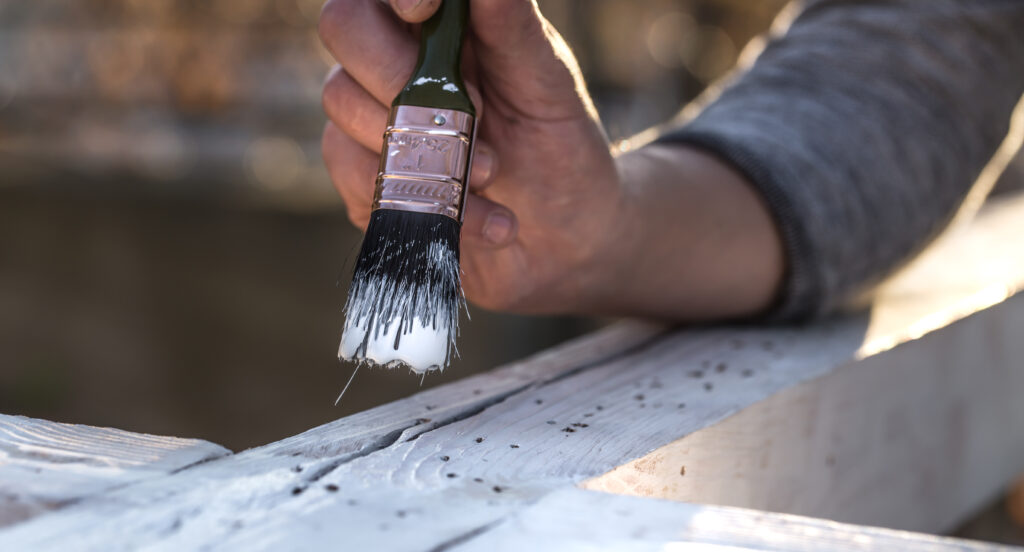Stucco is one of the most durable siding materials. Because of this, homes that use stucco can be some of the oldest, as they’re highly resistant to fire, rot, and insects. This makes upkeep easier than other forms of siding like vinyl or traditional wood. While you don’t, for the most part, need to do intensive maintenance, it’s still good to schedule in regular cleanings to keep your stucco in top shape.
What Goes Into Stucco
Stucco, sometimes called “plaster siding,” is a mix of different substances that hasn’t changed very much since it was first used. It’s common for stucco to only be on the outside of the home, but it’s also possible to have a stucco interior. The exterior portion traditionally has four layers, but newer methods only need two at the most. Builder’s sand, Portland cement, hydrated lime, water, and fiber are all mixed together to create the coating. For places where the earth shifts more, polymers are added to increase the siding’s flexibility.
Use Water on Dirt Spots
Because it’s so porous, stucco tends to collect dirt and grime fairly easily. Luckily, you don’t need more than a bucket of water and a brush to clean small dirt patches. For larger areas that need to be cleaned, you might need a bit more elbow grease to get the job done.
As you brush the stucco, be careful not to use too much pressure. You can end up grinding down and damaging the siding. If you notice that spots are still there no matter how hard you try, mix in diluted TSP (trisodium phosphate). Let the TSP sit for a bit, and then wash it away with your hose or power washer.
Repairing Damaged Stucco
While stucco is normally very resilient, it’s also very stiff and doesn’t adjust well to shifting ground. Areas that experience frequent settling can cause stucco houses to crack. The good news is that you can repair lesser damage yourself with a stucco patching material. Clear away loose material and dirt or other debris to give yourself a clean working surface. If the crack is less than 1⁄4 inch thick, you’ll want to widen it with a chisel and hammer. It seems backwards to make the crack bigger, but this helps the patch settle. Mix the patch until it’s smooth and free of clumps, and then work it into the crack with a putty knife.
Use a Sealant
A sealant can help block out the tiny bits of dirt and debris that get stuck in the tiny holes in your siding. Your house most likely had a sealant applied after it was first built, but these can wear away over time. Elastomeric coatings are also able to keep out moisture and hold together cracks. Their long lifespan means you’ll keep your home clean and protected.
Perform Maintenance Each Year
Stucco homes don’t need a ton of attention, but they do need a checkup each year. Look for cracks and chips and get them fixed as soon as possible. Clean off your siding to freshen it up and prevent dirt from damaging it. Just a little bit of work will keep your stucco home looking great for years to come!
Call National Property Inspections today.
Find your local inspector today to schedule a full inspection of your home. NPI inspectors have the training, knowledge and expertise to document the condition of all your home’s major systems.



